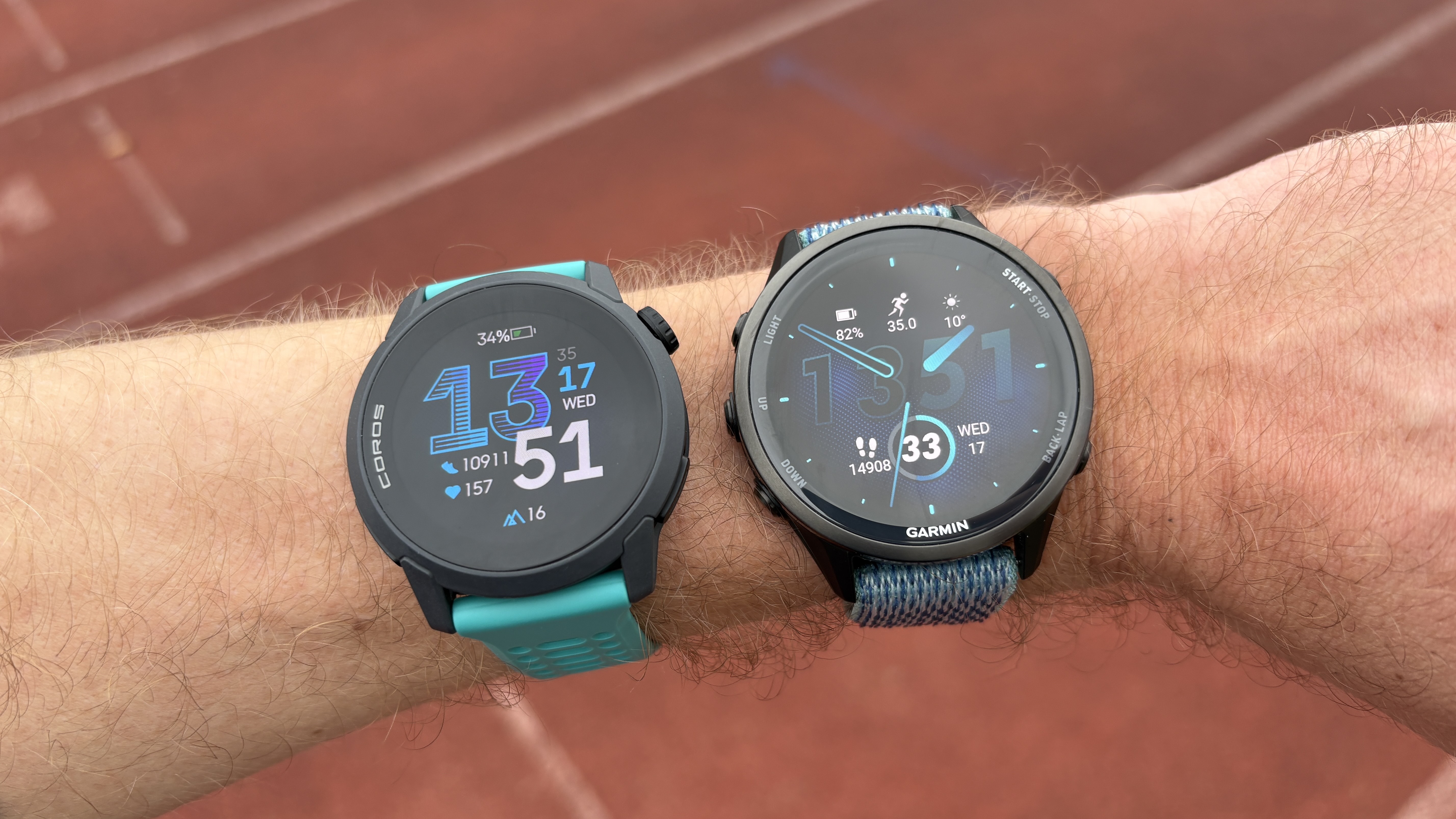Xbox One 2018 Review: A Much-Improved Console Missing One Big Thing
Five years after the launch of the original Xbox One, we examine the console line's successes and failures.
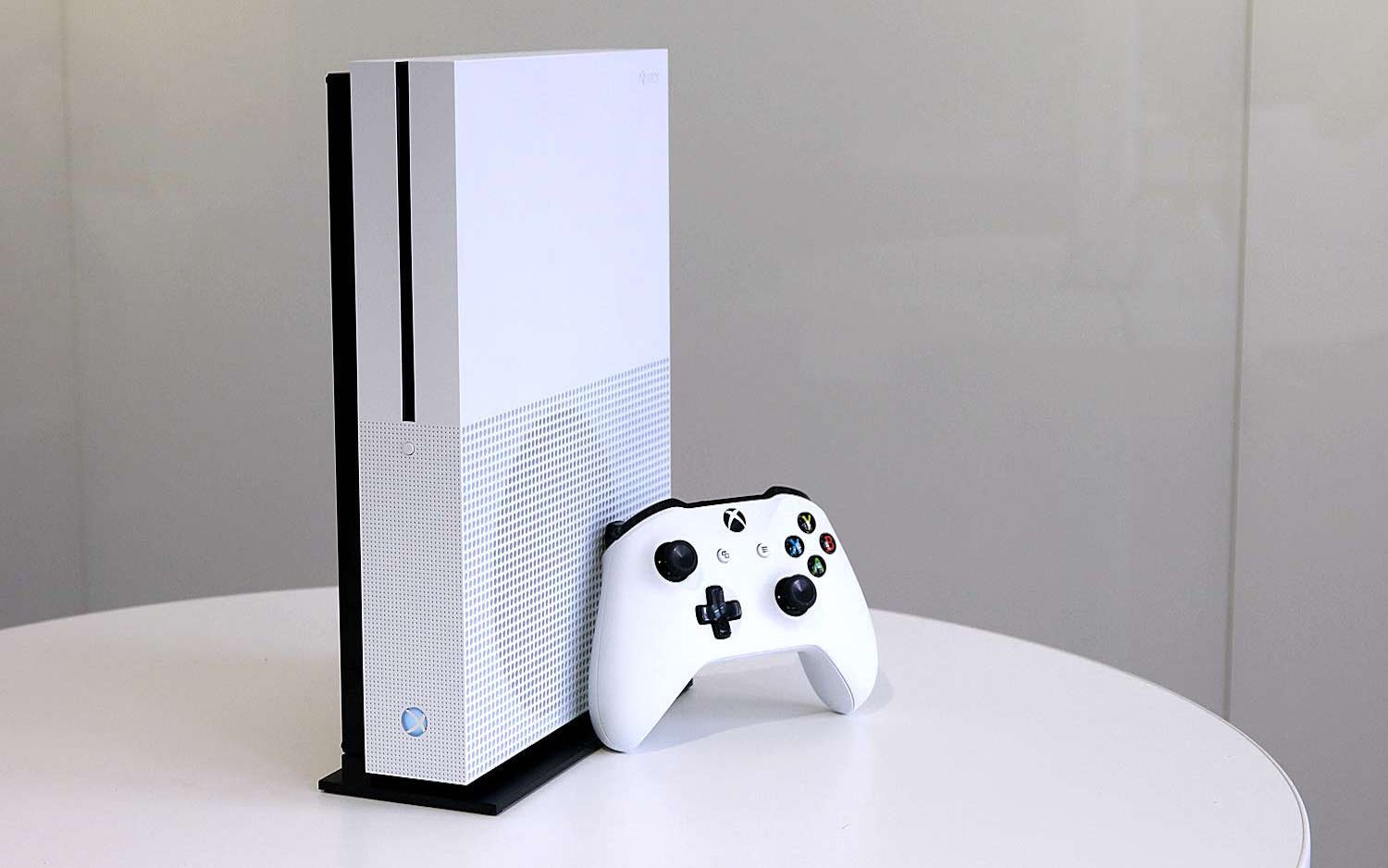
Five years ago, Microsoft launched the Xbox One to a mixed reception. Dogged by bad publicity leading up to launch day, the console gave gamers plenty of reason to be skeptical. But the big, black box had a lot to offer consumers willing to take a chance on the next-gen system; you just had to be prepared to play the waiting game.

Design
From a huge brick to a slightly smaller brick and back again, the Xbox has undergone some serious changes since its launch.
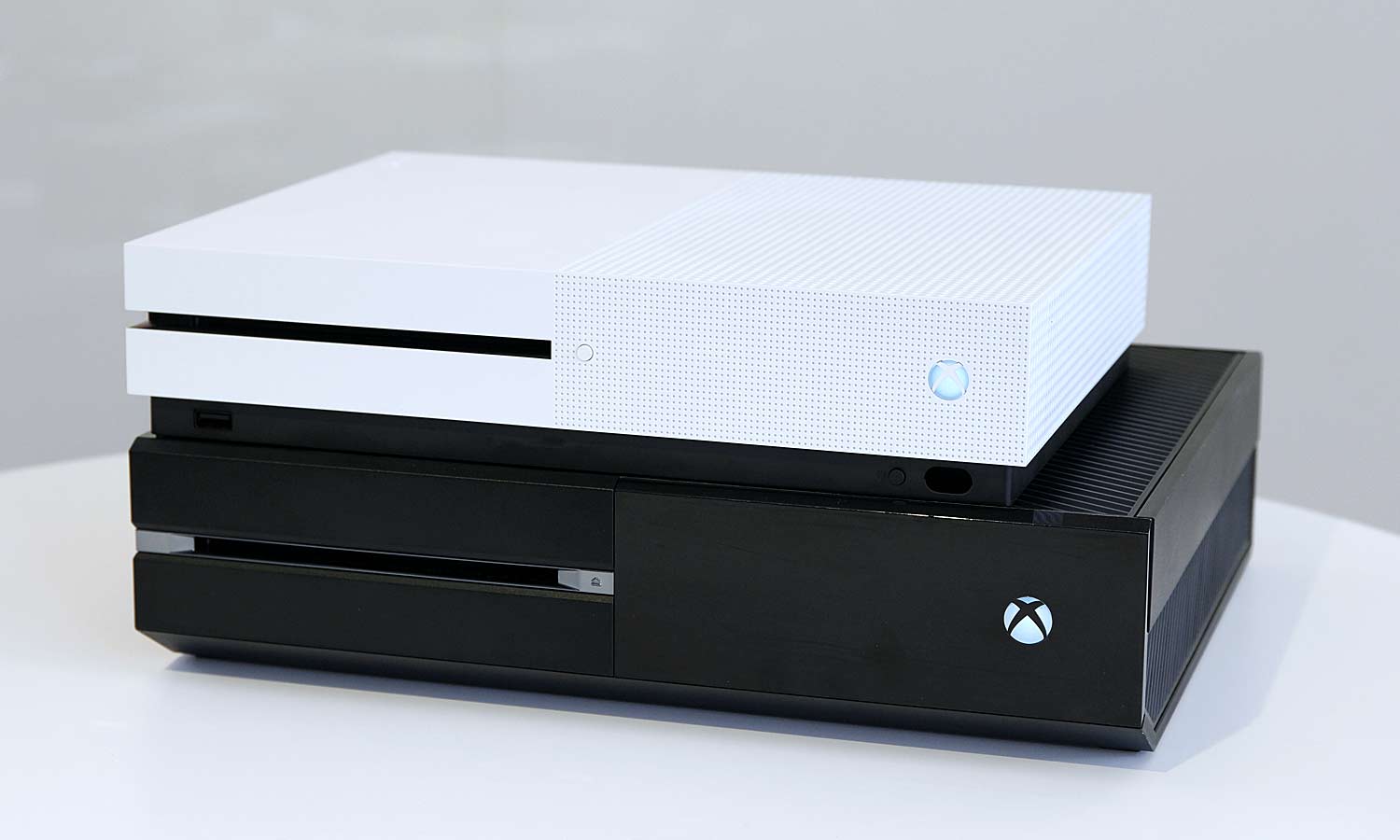
The original system was mishmash of shiny plastic and extra-large vents; that Xbox One weighed in at a massive 7 pounds and ate up precious real estate with its 13.1 x 10.5 x 3.3-inch frame. Confident that consumers would jump on the Kinect bandwagon, Microsoft placed a proprietary port in the system's back, along with the usual ports for HDMI-in, HDMI out, USB and Ethernet.
Things got decidedly more svelte with the advent of the Xbox One S. Swathed in matte-white plastic with a black base, the 6.4-pound, 11.6 x 9.1 x 2.5-inch console was an elegant upgrade. I'm especially fond of the delicate pegboard design that shows off the massive circular fan on the system's top.
MORE: Nintendo Switch vs. PS4 vs. Xbox One: Which Console Should You Get?
Microsoft decided to go big with the Xbox One X. Weighing a hefty 8.4 pounds, the 11.8 x 9.4 x 2.4-inch console makes the original seem downright reasonable. It is, however, noticeably slimmer. Taking influences from its predecessors, the One X dons a stately black-matte chassis, with deep lines running down its sides. Standing on its side, it conjures 2001: A Space Odyssey vibes.
Specs
When the first Xbox One launched, it had pretty similar specs to the Sony PlayStation 4, including an x86-64 AMD "Jaguar" CPU, 8GB of RAM, an AMD Radeon GPU and a 500GB hard drive. But Microsoft managed to eke out a bit more performance with a faster, 1.7-GHz clock speed compared to the PS4's 1.6 GHz. However, the Xbox One came equipped with 8GB of DDR5 RAM, which isn't really optimized for use with graphics cards like GDDR5 RAM.
Get instant access to breaking news, the hottest reviews, great deals and helpful tips.
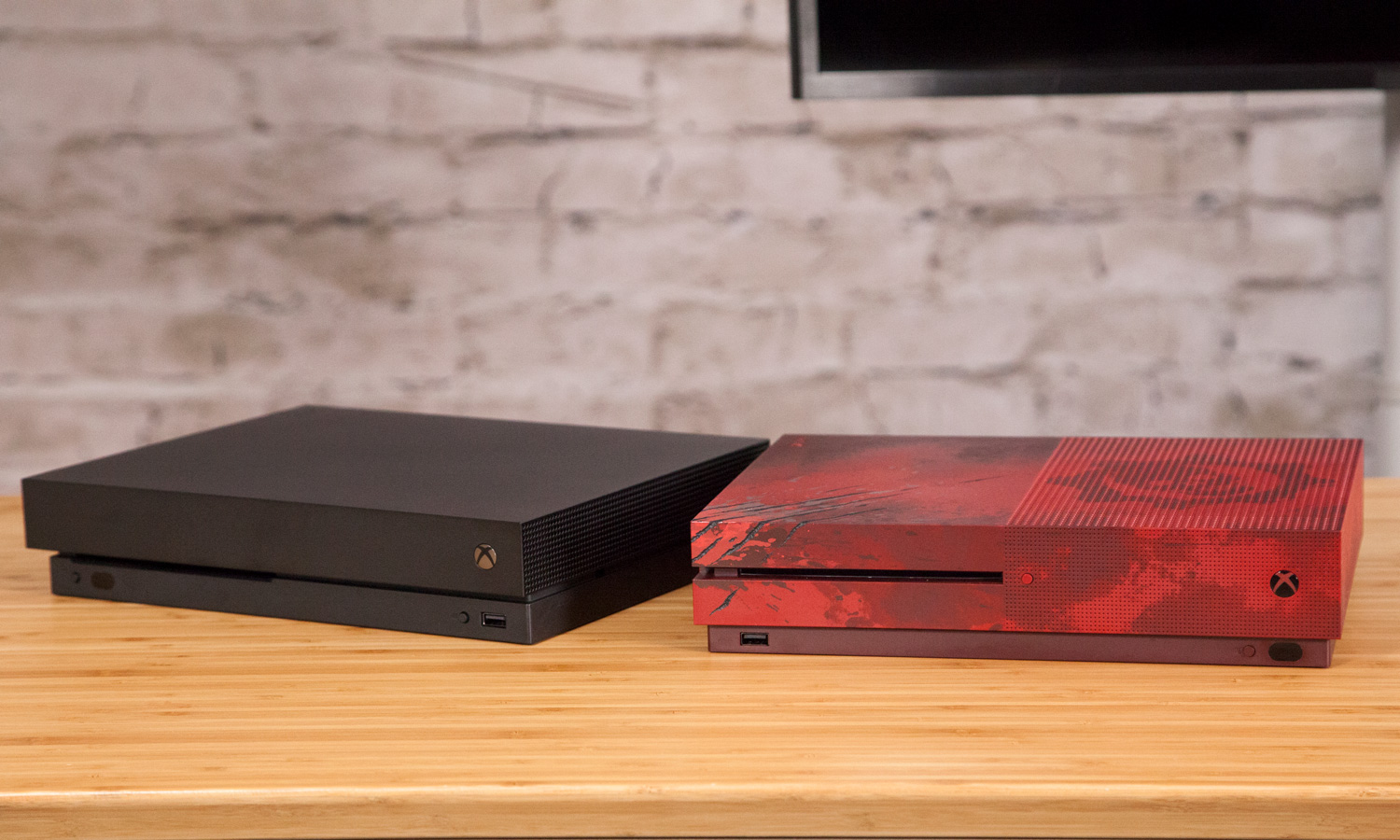
The One S kept most of its predecessors' internals but bumped up the GPU's clock speed from 853 to 914 Megahertz, which helps the system deal with the rigors of High Dynamic Range (HDR). The One S also shipped with a previously unheard of 2TB of storage.
That brings us to the One X, which has been dubbed "the world's most powerful console." Packing a custom 8-core 2.3-GHz AMD processor with 12GB of GDDR5 RAM and a custom AMD GPU with 6 teraflops of power and 40 compute units, the One X dishes out some serious power. It's still not powerful enough to go toe to toe with the average gaming desktop or laptop, but the One X has more than enough juice to deliver 4K content at 30 fps.
Functionality
When Xbox launched, way back and 2013, it was billed as the media center du jour by Microsoft, for better or worse. In addition to sporting entertainment apps such as Netflix and Hulu, the console could connect to your cable box, giving you the option to watch live TV through your system. Microsoft even created a channel directory dubbed OneGuide, essentially creating a one-stop shop for all of your gaming, streaming and bingeing needs. It's a cool feature that carried over to the later iterations of the device.
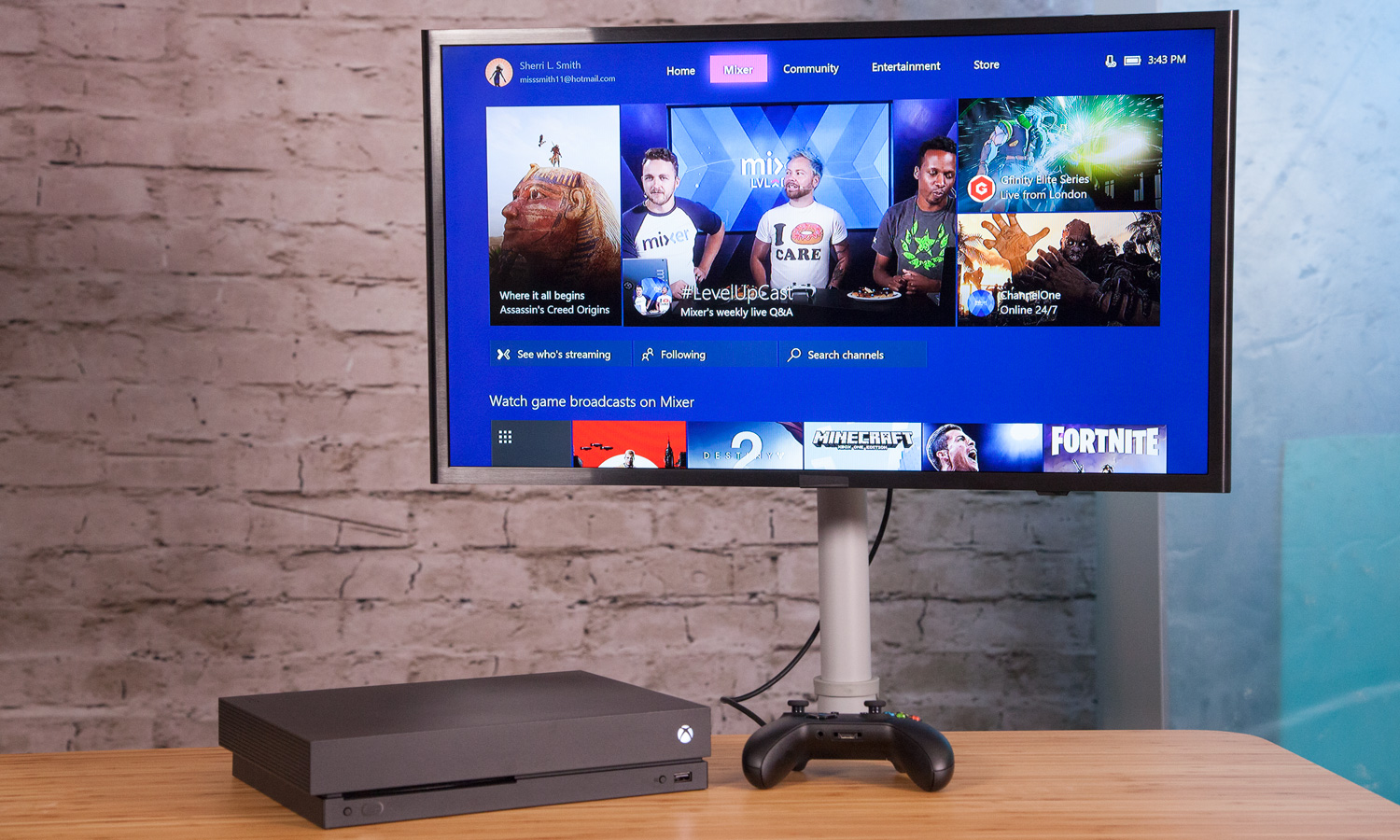
And while the voice-activated, depth- and motion-sensing Kinect went the way of the dodo around 2016, the voice-command functionality endured. Similar to what you can do on Windows PCs, you can use Microsoft's Cortana digital assistant (and now, Alexa) to perform certain tasks, including capturing a screenshot, launching a game and searching for shows.
Microsoft also switched up the user interface over the years, evolving its trademark tile layout to a more streamlined presentation. While you can still pin your favorite apps and games to the home screen, icons such as Home, Store and Achievements reside in the smaller window on the left. This really cuts down on how much time you spend looking for your favorite games or apps.
MORE: Who Makes the Smartest Smart TV? Here Are the Results
The biggest functionality bump Xbox has gained is in the jump to 4K, which started with the One S. Capable of streaming content in 4K as well as supporting 4K Blu-ray discs, Microsoft's system fired the first salvo in the burgeoning 4K console wars. Unfortunately, the One S can't play games in 4K, making us wait until the launch of the One X to get 4K everything. However, both systems support HDR out the box, which makes for some vivid, show-stopping eye candy. The One X launched with 25 Xbox One X Enhanced games, and that number has grown to over 100 4K-ready titles.
Game Library
From the original Xbox One to the One X, Microsoft has always lacked in first-party exclusives. While series like Halo, Gears of War and Forza continue to be fan favorites, other exclusives, like ReCore and State of Decay 2, haven't gotten the best reception. There is hope on the horizon, though, as Microsoft announced the acquisition of several game studios, including veteran studio Obsidian Entertainment, which is known for South Park: The Stick of Truth and Fallout: New Vegas.
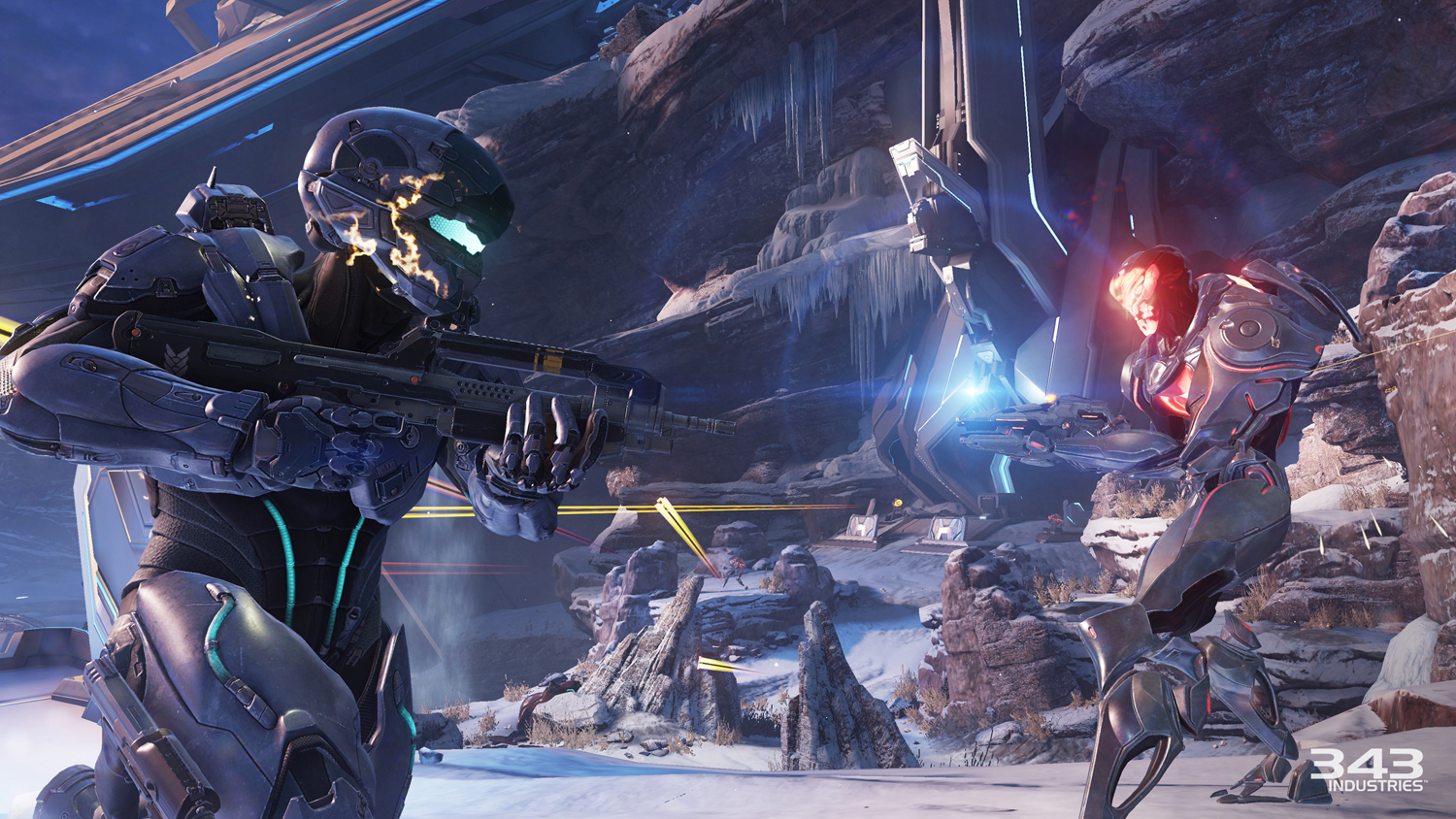
However, Xbox has scored some major wins with its commitment to backward compatibility. Microsoft wisely cracked open the archives and allowed gamers to play titles from the Xbox 360 and original Xbox. The concept has extended to the subscription-based Xbox Game Pass ($9.99 a month), which offers a mix of AAA and indie titles old and new, including Halo 5, Fallout 4 and Rocket League. Think of this service as Netflix for gaming; similar to the popular streaming service, this one has a catalog that's constantly in flux, with titles joining and leaving every month.
And because some of us like to game on the road, Microsoft rolled out its Play Anywhere feature, which allows you to play a growing number of titles on your Windows 10 laptop or desktop or any of the Xbox Ones, all while saving your progress across platforms. There are currently 45 Play Anywhere titles, including Sea of Thieves, Thimbleweed Park, Killer Instinct: Definitive Edition and Gears of War 4.
Bottom Line
The Xbox One helped usher in the current generation of consoles in a grand fashion. The Microsoft device has led the charge for the console as a fully realized media center. In addition to playing games, you can stream content and even play Live TV on the Xbox One, if you have a cable box handy.
The console and its new iterations have enjoyed immense success with backward compatibility, leveraging this feature into a potentially industry-changing subscription service. And depending on the game, you can even play some of your favorite titles on the road via your Windows 10 PC.
Sure, there have been some missteps along the way, as evidenced by Kinect and the puzzling dearth of first-party titles. However, Microsoft is positioning itself for the future, with powerful hardware like the One X and the company's aggressive acquisition of game studios. It's an auspicious jumping pad for the next five years.
Credit: Tom's Guide

Sherri L. Smith has been cranking out product reviews for Laptopmag.com since 2011. In that time, she's reviewed more than her share of laptops, tablets, smartphones and everything in between. The resident gamer and audio junkie, Sherri was previously a managing editor for Black Web 2.0 and contributed to BET.Com and Popgadget.
-
blackkenchicken "The Microsoft device has led the charge for the console as a fully realized media center."Reply
You mean what the PS3 did last generation?
"However, Microsoft is positioning itself for the future, with powerful hardware like the One X and the company's aggressive acquisition of game studios."
The XOX won't be relevant in the future; it will be outdated as soon as the next generation of consoles releases. And while studio acquisitions are good... that does nothing for 2018, which is the year-in-review this is supposed to be about.
"Sure, there have been some missteps along the way, as evidenced by Kinect and the puzzling dearth of first-party titles."
Those missteps are the reason none of this other stuff is strong enough to matter.
"The console and its new iterations have enjoyed immense success with backward compatibility, leveraging this feature into a potentially industry-changing subscription service."
Immense success? Their sales have hardly moved despite the availability of BOTH features. The Xbox faithful tout them, but the console is still being outpaced by its competitors, and no numbers from the parent company means no way to confirm how successful these services really are.
